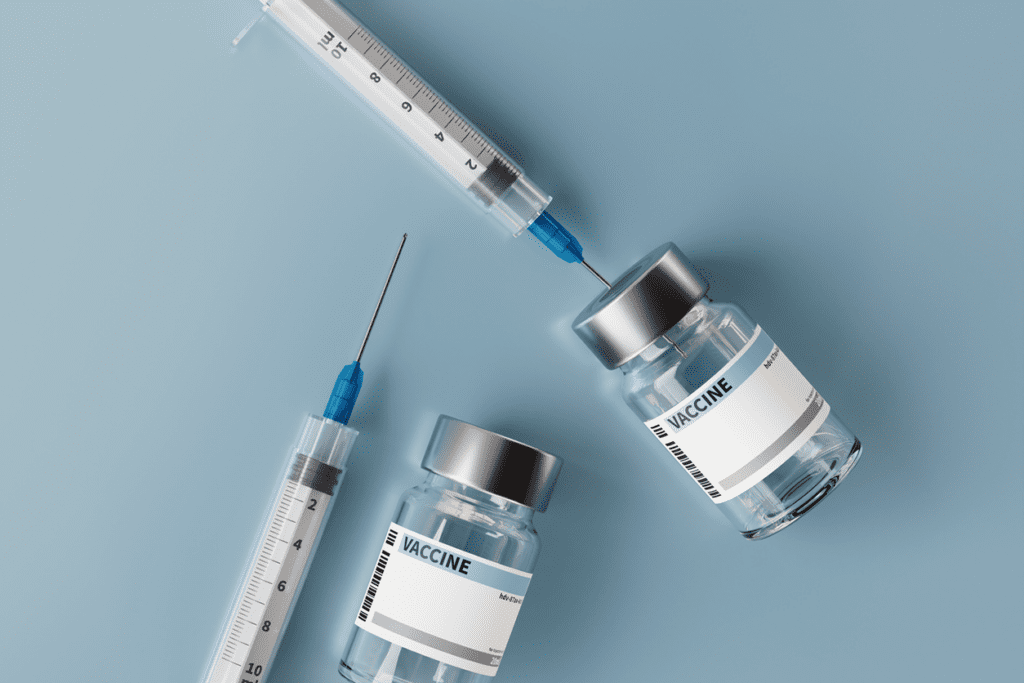
Learn about the three COVID-19 vaccine choices available in the United States today to help you make an informed choice.
Back in late 2020 during the first COVID-19 vaccine rollout, people seeking vaccination scrambled to get whichever vaccine they could get the soonest. It was difficult, if not impossible, to be picky one’s vaccine choice. Thankfully, this time around vaccine supply is plentiful and vaccine seekers in the United States may choose from three different options. So the obvious question many ask is: which one should I get?
To start with, let’s review the three available options. Two of the current options have been around since the earliest days of COVID-19 vaccination: Comirnarty (produced by Pfizer) and Spikevax (produced by Moderna). The most recent entrant to the U.S. market is Novavax’s version of the COVID-19 vaccine. This vaccine has been used in other parts of the world prior to its approval in the United States. (Note that the previously approved Janssen/J&J COVID-19 vaccine is no longer available in the United States.)
mRNA vs subunit vaccines
Both Comirnarty and Spikevax are messenger RNA (mRNA) vaccines. This novel class of vaccines works by relaying a message to our body’s cells that directing them to produce a protein. In turn, this protein trains the immune system to recognize and respond to COVID-19 virus.
At their launch, many people felt wary of the new technology and its potential side effects. Fortunately, both vaccines have now been used for some years and have a more robust safety record than at their launch. There have indeed been cases of inflammation of the heart (carditis) in some young patients. However, these cases have been rare and do appear to resolve on their own in most cases. Nonetheless, some people continue to feel wary about the technology.
Fortunately for them, Novavax uses a much more established technology. This subunit vaccine uses a part of the virus to train the immune system into building an immune response. This technology has been used for many years in other vaccines successfully deployed against viruses like Hepatitis B, Human Papillomavirus (HPV) and Herpes Zoster (Shingles).
Unlike the two mRNA vaccines, the U.S. Food and Drug Administration (FDA) has only approved Novavax’s vaccine for those above age 12. Alternatively, both mRNA vaccines can be used starting at 6 months of age. Those differences aside, all three vaccines are effective at targeting the XBB variants of the virus they were designed against. They all do a good job of protecting against hospitalization and death.
Make an informed choice
In conclusion, the available vaccines are broadly comparable in terms of their effectiveness. Ultimately, as with most decisions related to your health, it’s an individual choice and the key is making an informed one!
Primary.Health empowers public health and community-based organizations to offer accessible, large scale testing and vaccination clinics for COVID-19 and other respiratory illnesses. Contact us today to determine which community clinic option would work best for your population.
Disclaimer: This blog content and linked materials are not intended as individual medical advice, diagnosis or treatment, and should not be considered as such. Any readers with medical concerns should contact a licensed healthcare provider. This blog is provided for informational purposes only.
